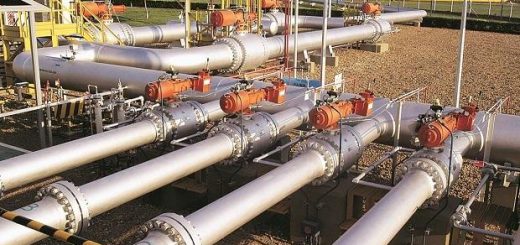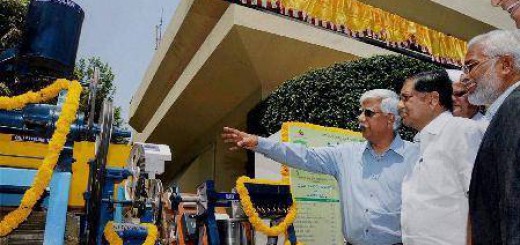How Can Integrated TMS Help Drivers Have a More Pleasant Work Environment?
It is impossible to overestimate the significance of drivers in a world of high-speed logistics and transportation. They provide effective and timely delivery by acting as the cornerstone of the supply chain. But because of their occupation’s complexity, the lengthy hours they spend driving and operational problems, drivers usually operate in challenging circumstances. The situation has changed dramatically with the implementation of the Transportation Management System (TMS). The utilization of technology in an integrated TMS to enhance processes might lead to significantly better working conditions for drivers. This essay will examine seven potential avenues via which Integrated TMS may effect this transformation.
Enhanced Communication and Visibility
Like in any other business, the transportation sector depends on effective communication to maintain safe operations. Because an integrated TMS provides centralized communication channels, control, dispatchers, and drivers may communicate with ease. Real-time updates, two-way communications, and GPS tracking technology keep drivers updated on weather conditions, visitor circumstances, and schedule changes. The increased visibility fosters a more comfortable work environment by lowering uncertainty and enabling drivers to make well-informed judgments.
Ideal Route Planning and Scheduling
Long, inefficient routes are physically and mentally demanding, and they can lead to driver tiredness and a decline in job satisfaction. To generate an optimal route plan, the integrated TMS uses load analysis, traffic flow, and historical data. By offering the most effective routes, TMS helps drivers save time and fuel while guaranteeing on-time delivery. This lowers driver stress levels in addition to boosting productivity.
Automation of Services
Traditionally, drivers have to handle time-consuming administrative tasks such as paperwork, reports, and correspondence. Integrated TMS automates these processes, significantly decreasing the administrative burden on drivers. Digital record-keeping and automatic reporting allow drivers to concentrate more on driving and customer service, resulting in a more productive and environmentally friendly workplace.
Also Read:- What Are the Benefits of End-to-End Logistics?
Improved Work-Life Balance
Keeping a balance between work and life is one of the greatest drivers of challenges. Moreover, integrated TMS ensures that schedules are optimized, which guarantees that drivers have enough time for rest and families. In addition, such an approach saves many hours of daily extended working days or unwanted deviations from the route, enabling drivers to spend more time out of their trucks. This balance has a good effect on mental health, work happiness, and productivity across all drivers.
Assistance and Real-Time Support
Drivers may encounter unexpected problems, such as car breakdowns or road closures when traveling. Integrated TMS saves lives by providing them with real-time support and help. Drivers will be able to reach out for help through the TMS platform in cases of emergencies and, hence, find solutions quickly.
Performance Recognition and Incentives
Recognition and reward of driver performance are crucial to creating a positive work culture. Integrated TMS allows tracking of driver performance based on such metrics as timeliness, fuel consumption efficiency, and client satisfaction, among others. This information may be used in implementing incentive programs as well as recognizing excellent performances, thereby making drivers feel valued and appreciated, leading to increased job satisfaction and, hence, a more positive working environment.
Growth of Skills
Every vocation, including truck driving, needs continuous skill development and training. With the training courses and tools offered by an integrated TMS, drivers may improve their skills, stay current on industry best practices, or adapt to new technology. Nonetheless, a skilled worker who stays current has more confidence in themselves and their work.
Also Read:- What is Dry Van Trucking and What Are Its Benefits?
Conclusion
The Integrated TMS is a game changer for transportation industry drivers. It may ease some of the pressures that drivers encounter by improving communication, optimizing routes, automating administrative processes, and providing round-the-clock assistance, resulting in a more positive and happy work environment. Apart from encouraging a work-life balance, recognizing outstanding work, and providing continuous training, this further increases driver satisfaction and retention. So instead of focusing only on gaining an advantage over competitors, let’s help and motivate the drivers—the people who truly count.




Recent Comments